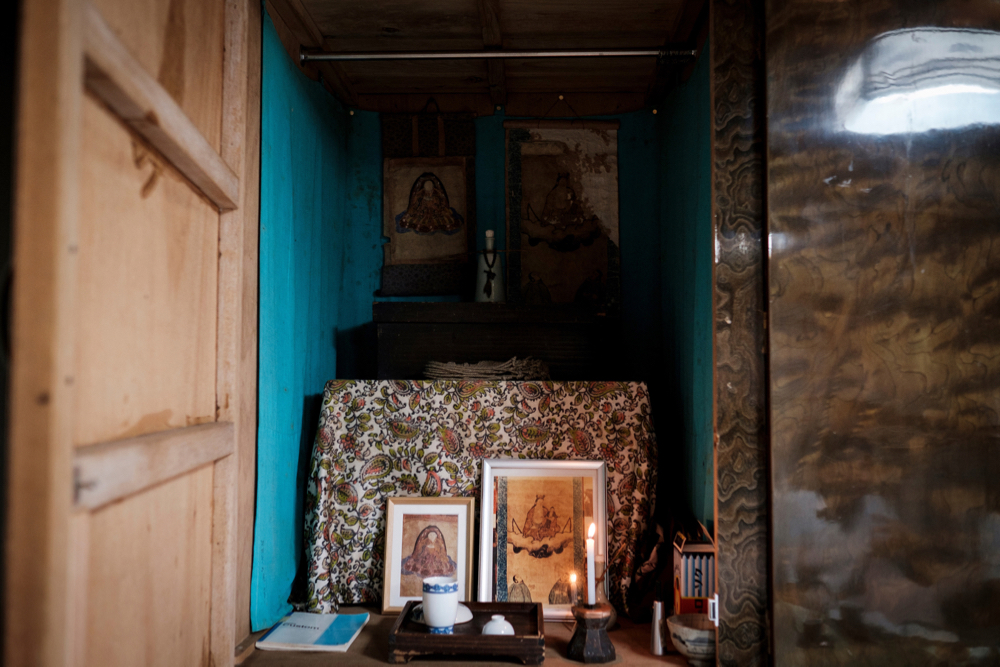A collection of remote villages where Japan’s ‘Hidden Christians’ once worshipped has been designated a UNESCO world cultural heritage site, the country’s National Tourism Organisation has announced.
The site is comprised of 10 villages in northwest Kyushu - Japan’s third-largest island - along with the ruins of Hara Castle, and St. Mary’s Cathedral of the Immaculate Conception in Nagasaki.
Christianity was banned in Japan until 1873 forcing Christians to worship in secret churches.
“The hidden Christian sites in the Nagasaki Region bear unique testimony to a distinctive religious tradition nurtured by Hidden Christians who secretly transmitted their faith in Christianity during the times of prohibition spanning more than two centuries in Japan, from the 17th to the 19th century,” UNESCO said on its website.
Also included in the site is the Catholic St. Mary’s Cathedral, also known as the Cathedral of the Immaculate Conception, in Nagasaki. It was built in 1914 after the ban on Christianity was lifted and later destroyed by the atomic bomb in August 1945. A replica of the original church was consecrated in 1959.



 Loading ...
Loading ...